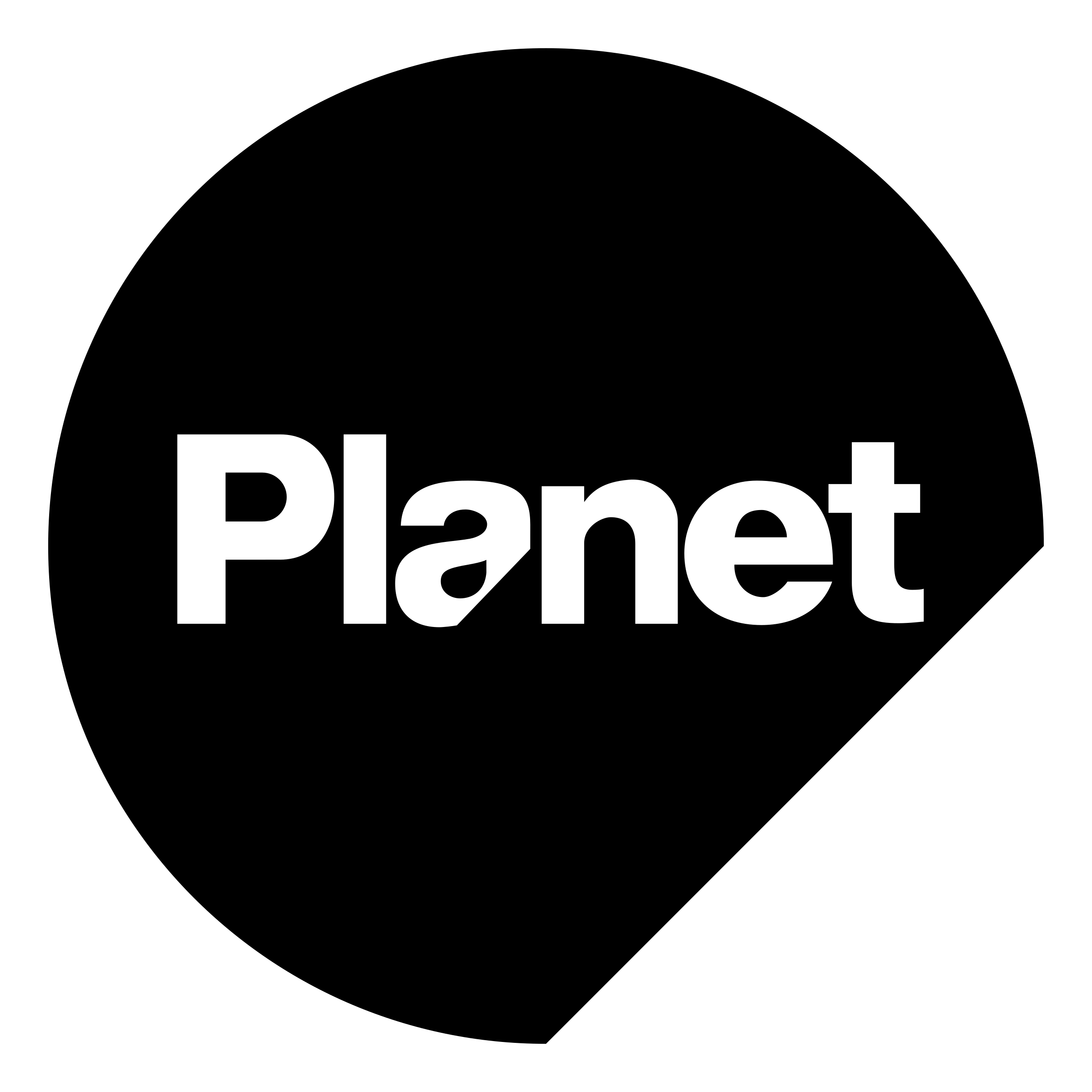-
✴︎
Uranus
Uranus is the seventh planet from the Sun and is known for its unique sideways rotation. It’s an ice giant composed mostly of icy materials like water, methane, and ammonia, along with hydrogen and helium. This gives the planet a pale blue color due to the methane in its atmosphere, which absorbs red light and reflects blue. Uranus has faint rings and at least 27 known moons, all named after characters from Shakespeare and Alexander Pope. With frigid temperatures and an axial tilt of about 98 degrees, Uranus experiences extreme seasons that last over 20 Earth years each.A fun fact about Uranus is that it rotates on its side! Unlike any other planet in the solar system, Uranus has a tilt of about 98 degrees, meaning it essentially rolls around the Sun like a barrel, possibly due to a massive collision early in its history.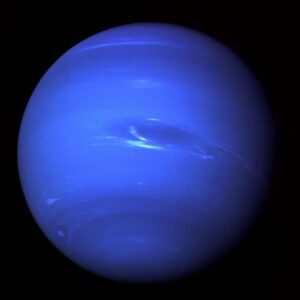
-
✴︎
Saturn
Saturn is the sixth planet from the Sun and is best known for its stunning ring system, which is made up of ice, rock, and dust particles. It’s a gas giant like Jupiter, composed mostly of hydrogen and helium, with a low density—so low, in fact, that Saturn could float in water if there were a bathtub big enough! Saturn has a strong magnetic field and over 140 known moons, including Titan, a moon with a thick atmosphere and lakes of liquid methane. Despite its size and beauty, Saturn has fierce storms and powerful winds that can reach speeds of over 1,800 kilometers per hour.A fun fact about Saturn is that its iconic rings are surprisingly thin: though they stretch out over 280,000 kilometers, they’re only about 10 meters thick in most places, thinner than the height of a two-story building!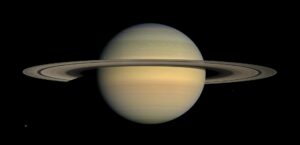
-
✴︎
Jupiter
Jupiter is the fifth planet from the Sun and the largest in our solar system, so massive that it could fit all the other planets inside it. It’s a gas giant made mostly of hydrogen and helium, with no solid surface. Jupiter is famous for its Great Red Spot, a giant storm that has been raging for centuries. The planet has a strong magnetic field and dozens of moons, including Ganymede—the largest moon in the solar system. Its fast rotation, taking less than 10 hours to spin once, causes the planet to bulge at the equator and gives it its distinctive banded appearance.A fun fact about Jupiter is that it has its own miniature solar system: with at least 95 moons, orbiting it! Some of these moons, like Europa, may even have subsurface oceans that could potentially support life.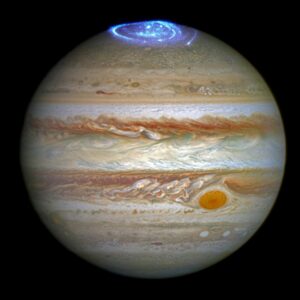
-
✴︎
Mars
Mars is the fourth planet from the Sun and is often called the “Red Planet” due to its reddish appearance, caused by iron oxide (rust) on its surface. It has a thin atmosphere made mostly of carbon dioxide and experiences seasons like Earth, thanks to its tilted axis. Mars is home to the tallest volcano in the solar system, Olympus Mons, and the deepest canyon, Valles Marineris. Though cold and dry today, evidence suggests that liquid water once flowed on its surface. Scientists continue to study Mars closely, as it remains a top candidate in the search for past or present extraterrestrial life.A fun fact about Mars is that it has two tiny moons named Phobos and Deimos, which are thought to be captured asteroids! Phobos orbits Mars so quickly that it rises in the west and sets in the east—*twice* each Martian day.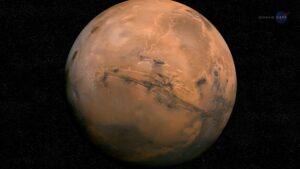
-
✴︎
Earth
Earth is the third planet from the Sun and the only known planet to support life. It has a diverse environment with vast oceans, continents, mountains, and a breathable atmosphere rich in nitrogen and oxygen. Earth’s surface is about 71% water, which helps regulate its climate and sustain countless life forms. It has a protective magnetic field and ozone layer that shield it from harmful solar radiation. Earth experiences seasons due to its axial tilt and completes one orbit around the Sun in about 365 days. Its unique balance of air, water, and temperature makes it a truly remarkable planet in our solar system.A fun fact about Earth is that it’s the only planet not named after a Greek or Roman god—its name comes from Old English and Germanic words meaning “ground” or “soil.”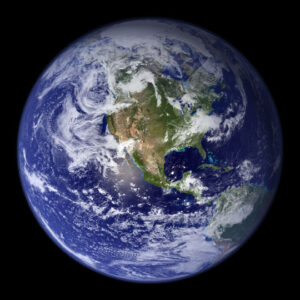
-
✴︎
Mercury
Mercury is the smallest planet in our solar system and the one closest to the Sun. It has a rocky surface covered in craters, similar to Earth’s Moon, and has no atmosphere to speak of, which means temperatures swing dramatically from scorching hot during the day to freezing cold at night. Mercury orbits the Sun very quickly—just 88 Earth days per year—but rotates very slowly, so one day on Mercury lasts about 59 Earth days. Despite being so close to the Sun, it’s not the hottest planet—that title goes to Venus due to its thick atmosphere.Mercury, despite being closest to the Sun, has ice in permanently shadowed polar craters that stay extremely cold. These icy spots may have formed from comet impacts or water vapor, highlighting a surprising contrast to the planet’s intense heat.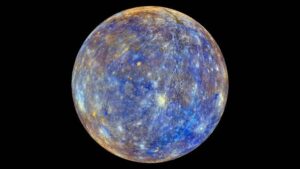
-
✴︎
Venus
Venus is the second planet from the Sun and is often called Earth’s “sister planet” due to its similar size and composition. However, its environment is drastically different—Venus has a thick, toxic atmosphere made mostly of carbon dioxide, with clouds of sulfuric acid, creating a runaway greenhouse effect that makes it the hottest planet in the solar system. Its surface is rocky, marked by volcanoes and vast plains, and temperatures can soar above 460°C. Venus rotates very slowly and in the opposite direction of most planets, meaning a day on Venus is longer than its year.A day on Venus (one full rotation) is longer than its entire year! It takes about 243 Earth days to rotate once on its axis, but only 225 Earth days to complete one orbit around the Sun.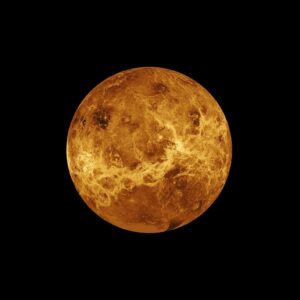
Planets in the Milky Way Galaxy
-
✴︎
Uranus
-
✴︎
Saturn
-
✴︎
Jupiter
-
✴︎
Mars
-
✴︎
Earth
-
✴︎
Mercury
-
✴︎
Venus
